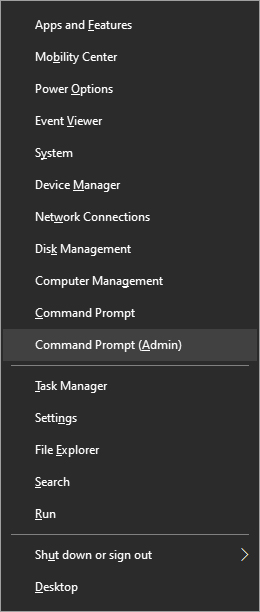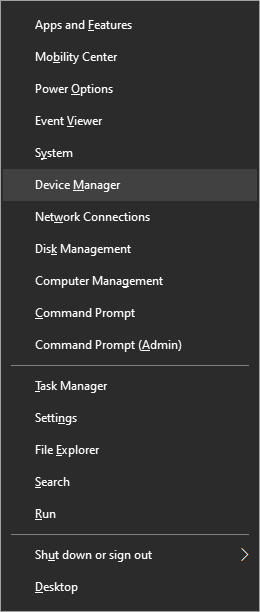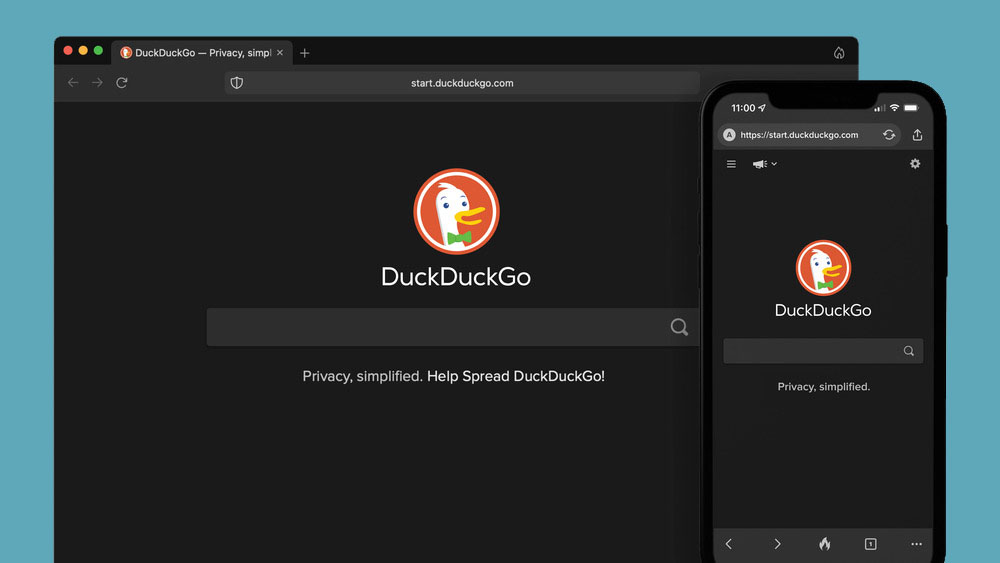Besides Star Trek, Star Wars was one of my favorite movie franchises, as a kid, it was the first movie I have seen in Theatre and over the years I have rewatched and reached each entry in the franchise. It has significantly grown over the years, sometimes for worse, sometimes for better but what it always did is explored and expanded lore, characters and brought stories interesting and original enough.
The Series has always been original and innovative enough with interesting characters and locations and it managed to capture the imagination of many viewers around the globe.
If you or someone else is watching the franchise for the first time it is recommended actually to watch everything how it was released because of some information that is spoiled in prequels that could spoil some interesting revelations later. But if you have already watched everything and would like to follow the story from the beginning to end we are presenting you with the list of all TV series and movies in tar Wars canon in their chronological order so you can enjoy some good character developments and see the whole story unfold how it was meant to be.
In the following list, as told, we are including TV series (both released and currently in production) in the Star Wars canon.
Chronological order of Star Wars franchise:
Star Wars: The Acolyte
Acolyte is upcoming TV series exploring times in the old republic and the rise of the dark side within
Star Wars Episode I: The Phantom Menace
The first movie entry in the franchise introducing some key characters who will go through various adventures yet to come
Star Wars Episode II: Attack of the Clones
Continuation of story and deepening of the plot laid out in the previous movie
Star Wars: The Clone Wars
Animated TV series exploring war in more detail, set in the period between episodes 2 and 3, before series there is clone wars full length animated movie titles simply as Star wars clone wars serving as a pilot to series.
Star Wars Episode III: Revenge of the Sith
Last movie in so-called prequel trilogy finishing some stories and finalizing some character arcs
Star Wars: The Bad Batch
Upcoming animated series Bad batch will focus on few troopers find their way in changing the galaxy
Solo: A Star Wars Story
Story of everyone loved Han Solo character, this origin story will introduce you to some key characters in the later entry of series
Obi-Wan Kenobi
Upcoming series that will focus on everyone's favorite JEDI master Obi-Wan
Star Wars Rebels
Animated series exploring first sparks of forming rebel alliance against dreaded empire
Andor
Upcoming series set five years before the events of Rogue One, the series follows rebel spy Cassian Andor during the formative years of the Rebellion.
Star Wars Rogue One
Full feature movie setting up events for episode 4
Star Wars Episode IV: A New Hope
First Star Wars movie, little outdated today with special effects but with a strong story and introducing some new characters which will become main icons of franchise
Star Wars Episode V: The Empire Strikes Back
Arguably the best movie in the whole series, leaning more to serious note and darker than previous entries. Besides Episode 3 this is the most serious and dark movie of the series.
Star Wars Episode VI: Return of the Jedi
Last movie entry in the so-called original trilogy, finishing some stories and wrapping up one era.
Star Wars The Mandalorian
Set after episode 6 show focuses on a Mandalorian bounty hunter character following his adventures in the galaxy.
The Book of Boba Fett
Upcoming Mandalorian spin-off TV series focusing on Bobba Fet, one of most loved bounty hunter characters in the Star Wars universe
Ahsoka
Star Wars: Ahsoka is an upcoming live-action television limited series exploring the character of Ashoka Tano first seen in Clone Wars
Rangers of the New Republic
Set within the timeline of The Mandalorian, Rangers of the New Republic is a new upcoming live-action series.
Star Wars: Resistance
Animated series exploring resistance against first-order setting up events to be followed in the newest trilogy of movies.
Star Wars Episode VII: The Force Awakens
First full feature movie set in the post-empire era introducing new characters and bringing back some fan favorites.
Star Wars Episode VIII: The Last Jedi
The second movie in the last order trilogy, continuing stories of previously establishes characters
Star Wars Episode IX: The Rise of Skywalker
Last entry in new order trilogy of movies, finishing some open stories and concluding arcs for characters previously introduced in Force Awakens.
That's it, chronological order of canon TV shows and movies of the Star Wars franchise. We are sure there will be more movies and shows in the future and someday we will revisit this list to include them as well. Until then, may the force be with you.
If you would like to
read more helpful
articles and tips about various software and hardware visit
errortools.com daily.

 From the menu choose Command Prompt (administrator)
From the menu choose Command Prompt (administrator)
 When the command prompt is active type the next command in it:
DISM /online /export-driver /destination:C:\DriverBackup
where: C:\DriverBackup is the folder and the hard drive where you want to store your backed-up drivers.
Press ENTER
That's it, you have now successfully backed-up all of your installed Windows drivers.
Now, save all of your drivers on USB and reinstall Windows.
When the command prompt is active type the next command in it:
DISM /online /export-driver /destination:C:\DriverBackup
where: C:\DriverBackup is the folder and the hard drive where you want to store your backed-up drivers.
Press ENTER
That's it, you have now successfully backed-up all of your installed Windows drivers.
Now, save all of your drivers on USB and reinstall Windows.
 From decide, manager right-click on any device Windows has not been able to install appropriate driver and choose update driver
From decide, manager right-click on any device Windows has not been able to install appropriate driver and choose update driver
 From the recent blog, Gabriel Weinberg, CEO of DuckDuckGo, has stated:
From the recent blog, Gabriel Weinberg, CEO of DuckDuckGo, has stated:
